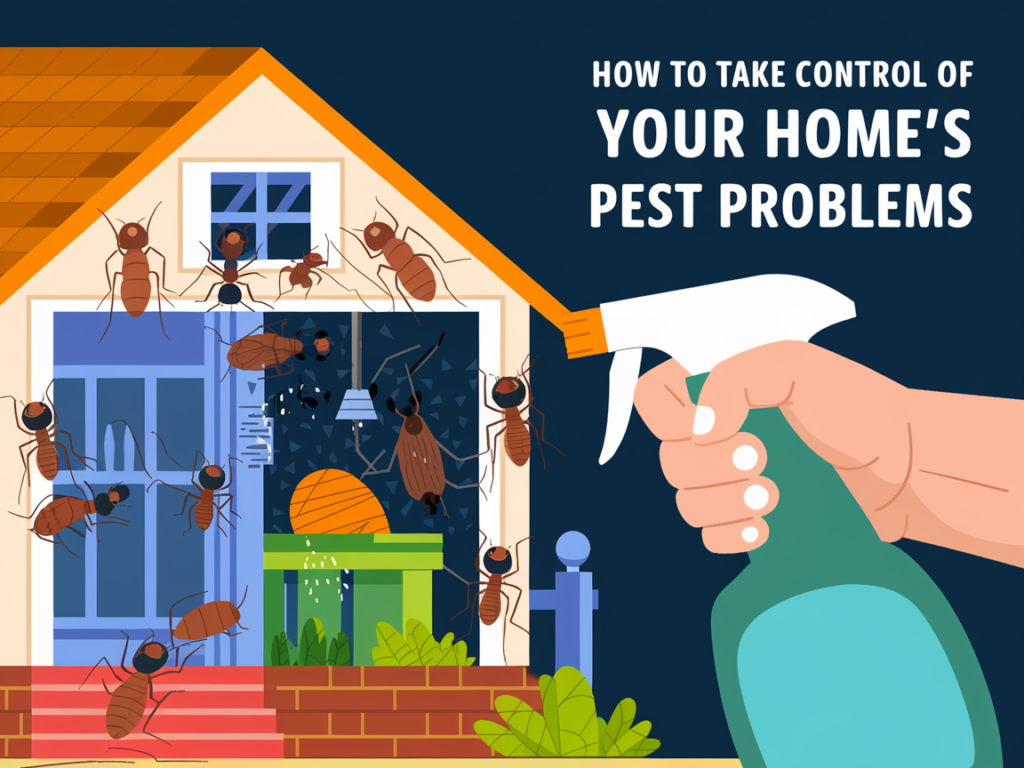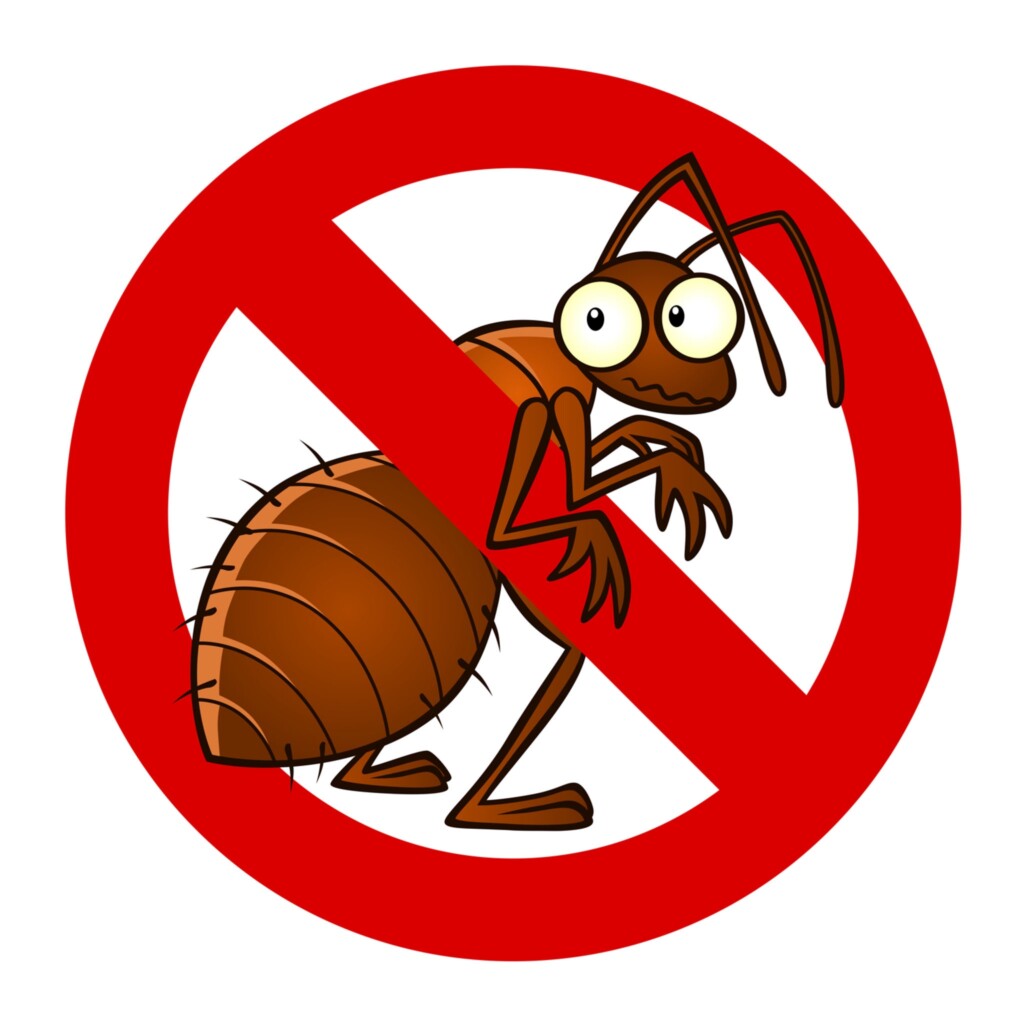
Dealing with pests in and around your home can be a frustrating and costly experience. However, you can tackle many pest issues yourself with simple and effective DIY pest control methods. In this guide, we’ll explore various techniques and tips to help you take control of your home’s pest problems without the need for professional intervention.

1. Identify the Pests
The first step in effective pest control is identifying the pests you’re dealing with. Different pests require different control methods, so understanding their behavior, lifecycle, and vulnerabilities is crucial. Research online or consult pest identification resources to determine the specific pests you’re facing.
2. Prevention is Key
Preventing pests from entering your home is the best way to deal with them. Implementing preventive measures can significantly reduce the chances of an infestation. Here are some tips for DIY homeowners:
- Seal any cracks or gaps in windows, doors, and foundation walls to prevent pest entry points.
- Keep your home clean and tidy, minimizing food sources and hiding spots for pests.
- Store food in sealed containers to prevent attracting pests.
- Regularly empty and clean garbage bins to deter pests from finding a food source.
- Trim vegetation away from the house to eliminate hiding spots for pests.
3. Natural Pest Control Methods
If you prefer environmentally friendly options, consider using natural pest control methods. Some effective DIY approaches include:
- Using essential oils with pest-repellent properties, such as peppermint, eucalyptus, or lavender, to deter insects.
- Creating homemade traps using non-toxic substances like vinegar or soapy water to catch and eliminate pests.
- Planting pest-repelling herbs and flowers, such as basil, mint, marigold, or lavender, in your garden or around your home.
- One of the best options when dealing with wasps, bees and hornets that is natural is using a decoy fake horney nest, read more about that here!
4. DIY Pest Control Products
There are several DIY pest control products available that can help you combat specific pest problems. These may include:
- Insecticidal soaps or sprays for controlling common household insects like ants, roaches, or spiders.
- Diatomaceous earth, a natural powder that damages the exoskeleton of pests like bed bugs, fleas, or ticks.
- Sticky traps or baits for capturing and eliminating pests like flies, mosquitoes, or pantry beetles.
5. Ongoing Monitoring and Maintenance
Pest control is an ongoing process. Regularly monitor your home and garden for signs of pests, and take immediate action if you spot any. Maintain cleanliness, repair any potential entry points, and keep up with preventive measures to reduce the risk of future infestations.
6. Seek Professional Help When Needed
While DIY methods can effectively handle many pest problems, there may be situations where professional assistance is necessary. If you’re dealing with a severe infestation, have health concerns, or are unsure about the appropriate course of action, it’s best to consult with a pest control professional who can provide expertise and tailored solutions.
Remember, the key to successful pest control is early detection, prevention, and consistent efforts to address the issue. By being proactive and using DIY pest control methods, you can protect your home, family, and surroundings from unwanted pests while maintaining a comfortable and pest-free environment.
As an Amazon Associate we earn from qualifying purchases through some links in our articles.



